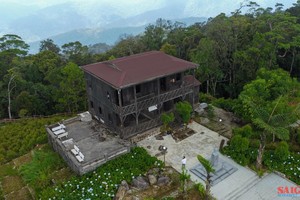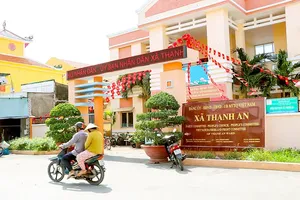Sichuan hotpot is famed for its explosive flavors. Yet, this southwestern Chinese province offers far more than its iconic dish — it is a land where UNESCO-listed cultural and natural treasures blend seamlessly with culinary artistry, creating a destination that indulges all the senses.
A culinary journey
The first stop for a delegation of senior Vietnamese journalists visiting Sichuan was — unsurprisingly — a hotpot restaurant. This long-established eatery embodies the essence of Sichuan hotpot: a fiery, aromatic broth infused with a medley of signature spices that deliver both heat and depth. For Sichuan cuisine — indeed, for Chinese cuisine at large — flavor is the foundation.
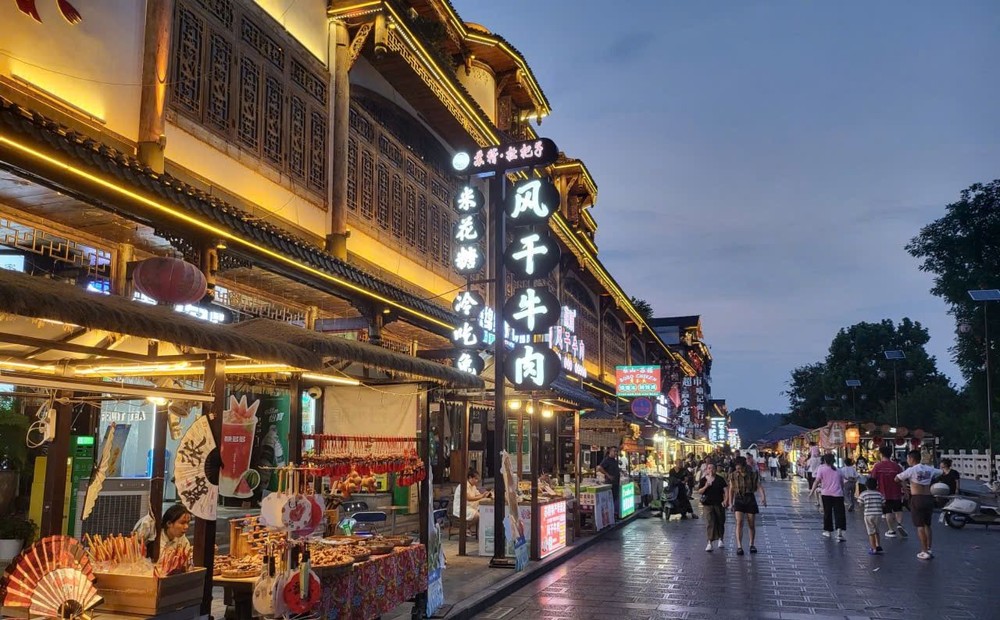
The beating heart of Sichuan’s food supply lies in Guanghan, about two hours’ drive from Chengdu. According to Mr. Li Xu, Deputy Director of the Sichuan International Communication Center, the province has been actively promoting itself not just as a repository of cultural relics but also as a culinary haven. Among its rising stars is Suji Ancient Town in Leshan, famed for hundreds of time-honored dishes from across the province. Its specialty, the intriguingly named foot-lift beef or qiaojiao beef, features 20 distinct preparations made from locally raised cattle.
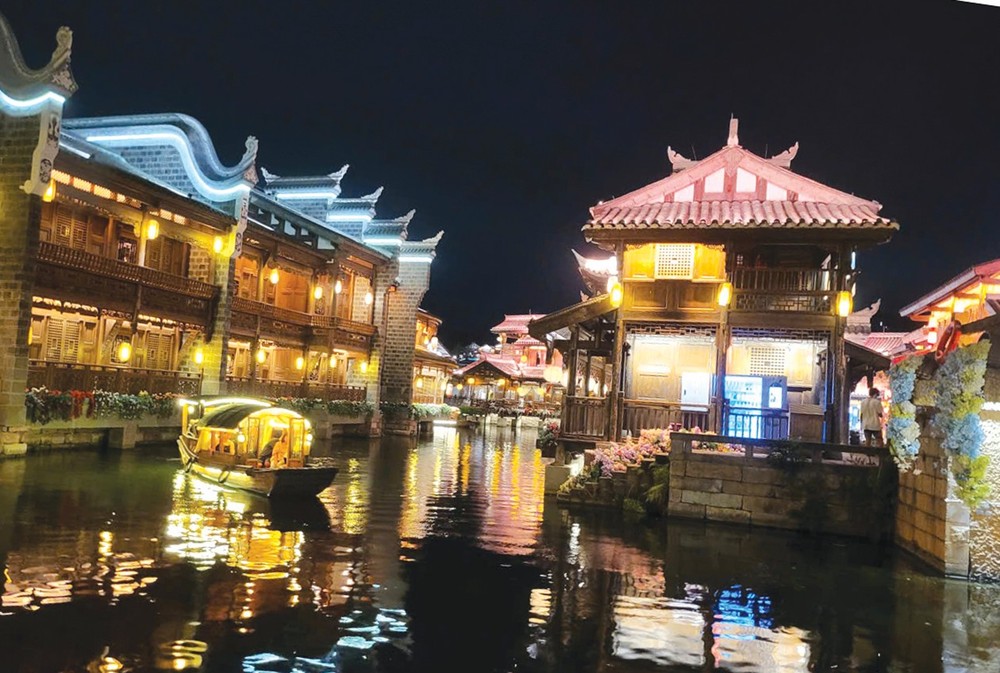
Two hours from Leshan, Yibin City’s Lizhuang Ancient Town is another gastronomic paradise, celebrated for the saying “three whites, two yellows” — a reference to five local specialties. Most notable is the “Lizhuang White Pork” dish: ultra-thin slices of boiled pork, delicate as rice paper, served with a distinctive dipping sauce. Over just two days in Leshan and Yibin, the delegation sampled nearly 100 of Sichuan’s most exquisite dishes — a culinary immersion to remember.
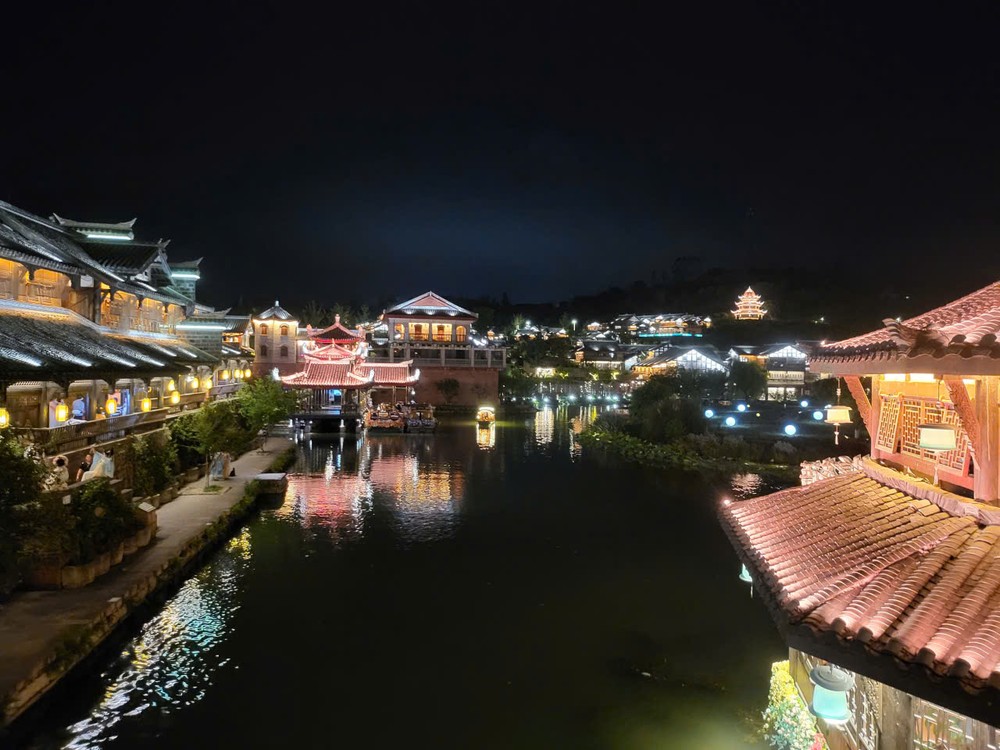

Living heritage
Renowned as one of China’s most scenic provinces, Sichuan boasts five UNESCO World Heritage Sites and hundreds of nationally recognized cultural and natural landmarks. The delegation visited two of its most celebrated sites: the Sanxingdui Ruins and the Leshan Giant Buddha.
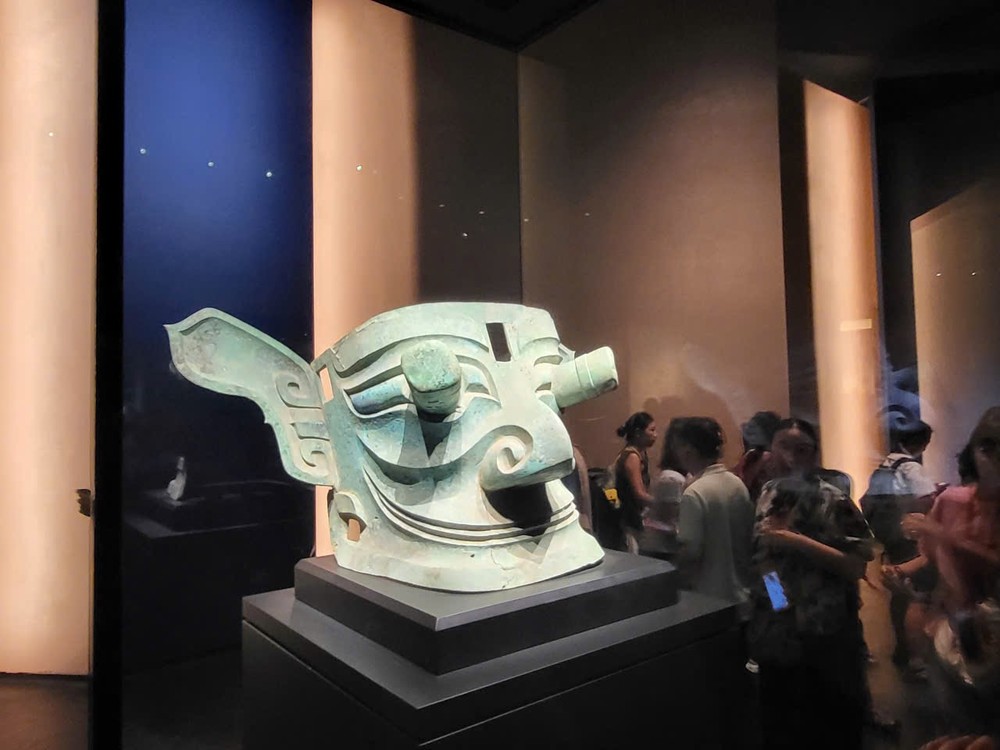
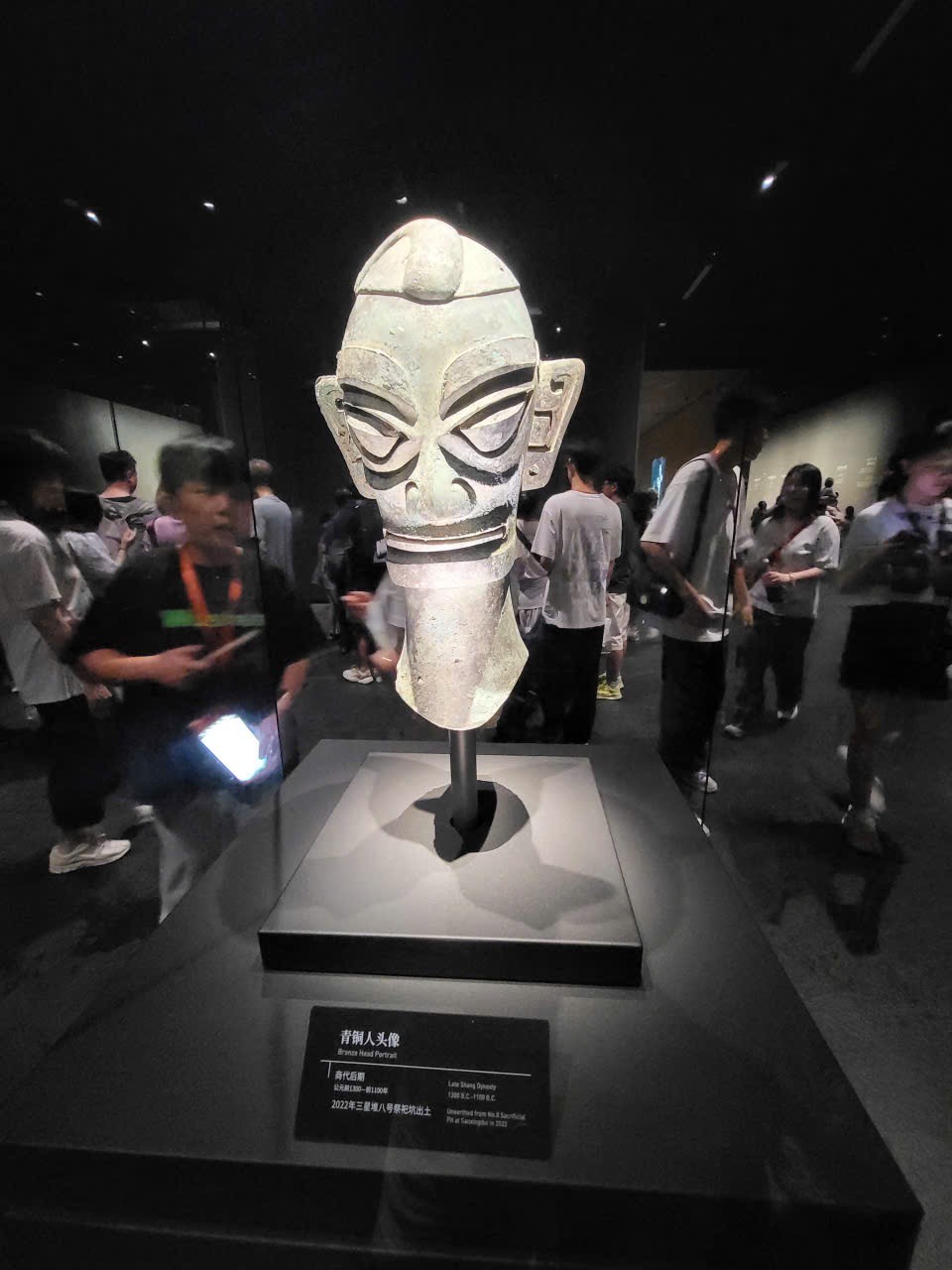
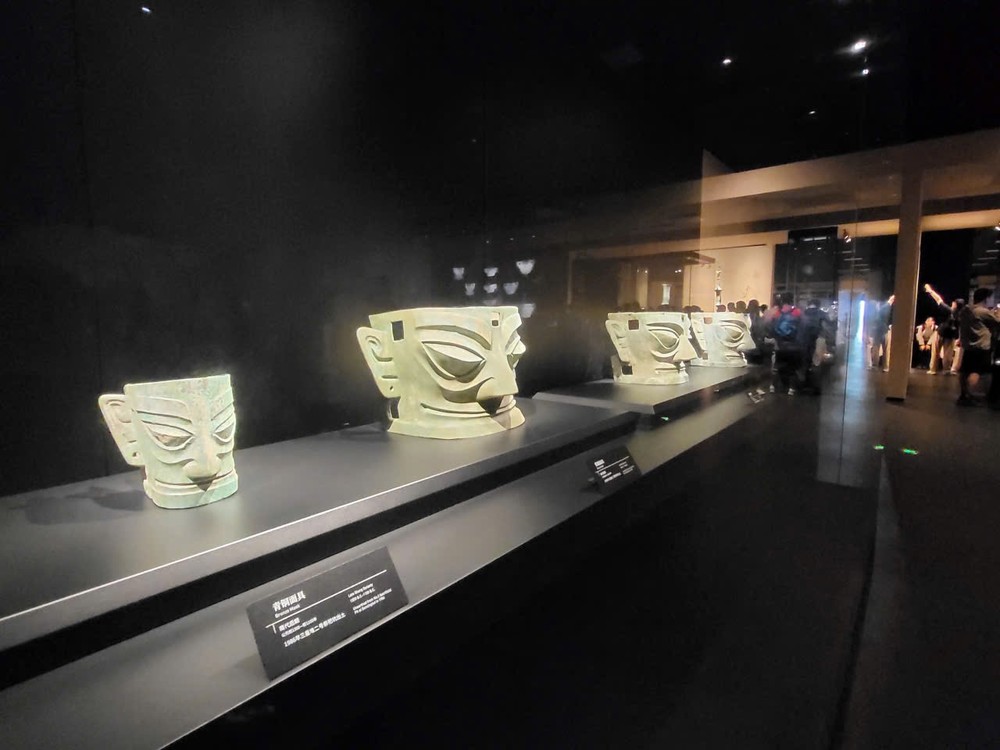
Sanxingdui, in Guanghan, is believed to be the remnants of the ancient Shu Kingdom, dating back 3,000–4,000 years, and is hailed as one of the 20th century’s most important archaeological discoveries. First unearthed in 1929, the site revealed two grand sacrificial pits in 1986, containing over a thousand breathtaking artifacts that astonished the archaeological world. Among them, the enigmatic bronze masks — with large eyes, flat, wide mouths, thick brows, no chin, and an expression caught between a smile and a frown — continue to baffle scholars as to their identity, meaning, and purpose.
In contrast, the Leshan Giant Buddha offers a spiritual magnetism. Carved into Lingyun Mountain over 90 years during the Tang Dynasty (713–803), the 71-meter-tall statue is the largest stone-seated Buddha in the world. Built to calm the turbulent confluence of the Min, Dadu, and Qingyi rivers, it was inscribed as a UNESCO World Heritage Site in December 1996.
Guardians of nature
The Sichuan Giant Panda Sanctuary covers 9,245 square kilometers and shelters over 30 percent of the world’s endangered giant pandas. Comprising seven nature reserves and nine scenic parks, it is also home to red pandas, snow leopards, clouded leopards, and a staggering diversity of plant life — between 5,000 and 6,000 species — rivaling the world’s oldest tropical forests.
In northern Sichuan lies Jiuzhaigou Valley, a UNESCO World Natural Heritage Site and World Biosphere Reserve. Its kaleidoscopic lakes, tiered waterfalls, and majestic mountain vistas rise 2,500 meters above sea level and are home to ethnic Qiang and Tibetan communities.
Equally remarkable is the Dujiangyan Irrigation System on Qingcheng Mountain. Built over 2,250 years ago and still fully operational, it diverts the Min River to irrigate millions of acres while preventing floods — a marvel of ancient engineering and a testament to human harmony with nature.
Though Sichuan is China’s fourth most populous province, it resists the image of an industrial megacity. Instead, it evokes a serene grandeur with snow-capped peaks and untouched forests. Sites like Huanglong Scenic Area, inscribed as a UNESCO World Heritage Site in 1992, showcase this tranquil beauty.
With its deep-rooted culture, rich history, and captivating landscapes, Sichuan invites both exploration and reflection. Standing amid its abundance, one cannot help but recognize that the hallmarks of a masterpiece lie not only in nature’s blessings or the ingenuity of ancestors, but in the enduring transmission and preservation of that legacy across time and generations.



